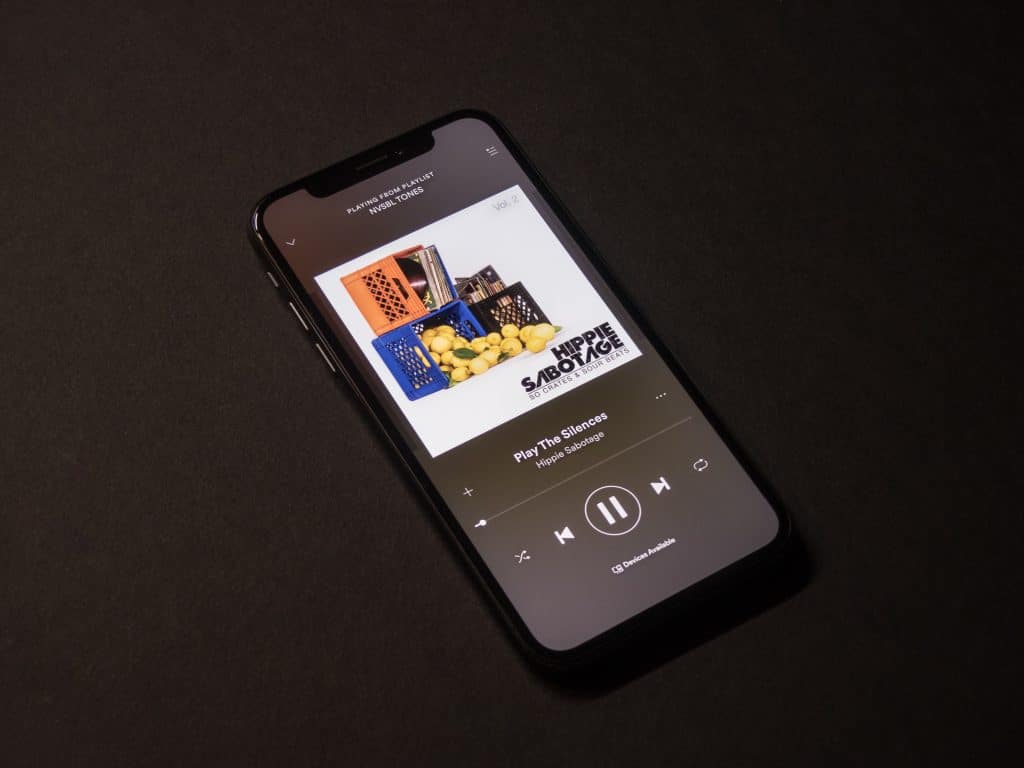When Apple announced the launch of its dedicated music subscription service in June 2015, many pondered whether the end of iTunes was in sight.
Though consumers were favoring services like Spotify over buying songs individually, it appeared that Apple would always hold a flag for its ailing music and video store, which generated hundreds of millions of dollars in revenue.
Fast-forward five years and the landscape couldn’t be more different, with iTunes all-but-removed from macOS and the iTunes Store no longer the powerhouse it once was, with Apple aggressively pushing its successors – dedicated Apple Music, Apple Books, Apple Podcasts, and Apple TV applications – instead.
A new report from the Recording Industry Association of America sheds further light on the situation, showing that streaming services are in control, with digital sales hitting their lowest point since 2006, signaling a shift in the way consumers purchase and consume content.
In 2019, revenue from streaming music grew by a quarter, generating more than $11.1 billion across the year, with paid streaming services like Spotify and Apple Music accounting for $6.8 billion of that revenue. The rest comes from ad-supported services like YouTube and Spotify’s free music tier, which has remained a popular choice amongst Gen Z.
As well as revenue, subscriber numbers across the United States grew an impressive 29% as more people make the switch from free tiers to premium streaming services, growing from 46.9 million to 60.4 million across the year.
At the same time, physical sales of music fell by their biggest percentage to date, and account for just 10% of the overall market, though vinyl has grown for the 14th consecutive year as people continue to revive the format, generating $500 million as a result. In fact, vinyl overtook CD sales for the first time since 1986 in 2019.
Music downloads are slowing
But perhaps the most interesting piece of data is music downloads, which account for just 8% of all music sales. When iTunes launched in 2003, it offered just 200,000 songs for sale, but that catalog grew significantly in the decade that followed.
It was Apple’s 99-cent songs that caused music executives to claim the company was stripping the value out of music, with artists upset that users could purchase individual tracks rather than be forced to purchase and listen to a whole album.
But its buy-to-own mantra was popular, and following the launch of the iPod and iPhone, users were paying billions for their music.
Apple Music launch
Apple’s foray into streaming wasn’t without its bumps, but with access to billions of iOS devices around the world, the Cupertino firm quickly took a stronghold on the market.
That is something Spotify has been protesting over, taking Apple to court over antitrust complaints, with the Swedish streaming giant claiming that Apple has an unfair advantage in the market.
Because Apple charges a 30% fee on developers for in-app subscription purchases made through the App Store, Spotify says it’s nigh impossible to keep its prices competitive, and that Apple Music is able to generate higher returns on subscriptions. Spotify added that if it offered in-app purchases and paid the “Apple tax,” it would force the company to artificially inflate the price of its Premium membership well above the price of Apple Music.
And Spotify’s whinging isn’t for nothing. Though the company has more users around the world than Apple (Spotify has 124 million premium users around the world, versus Apple’s 60 million at the last reported count), Apple overtook Spotify in the United States in 2019, signaling its dominance in the streaming market.
Changing tides for Apple
Where Apple could suffer in the coming months, however, is with changes to iOS.
Antitrust pressures are mounting, and Tim Cook’s strategy could be to open up the operating system to give third-party streaming services more power.
Though Apple is unlikely to back down on its percentage cut from in-app purchases, the company is working on a new feature that would allow users to select third-party apps as their default on iOS 14 and iPadOS 14, meaning Spotify could be selected as a default on HomePods and Apple devices.
By opening up iOS and iPadOS to third-parties, Apple could prevent further antitrust complaints and create a level playing field, where music streaming services and other apps could better compete with Apple’s core offerings.
It would also force the Cupertino giant to up its game and force it to keep coming out with innovative features to encourage users to stay loyal, which can ultimately be a good thing for consumers and improve music services.
